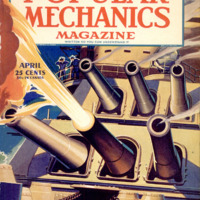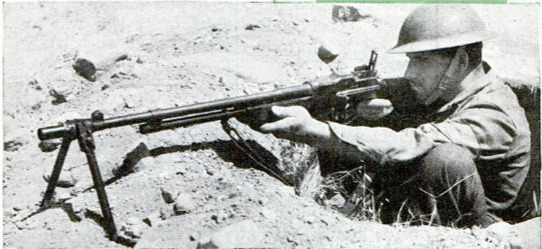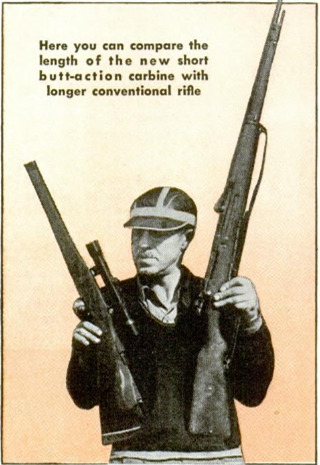Super Speed Bullets Knock 'Em Dead
Item
- Title (Dublin Core)
- Super Speed Bullets Knock 'Em Dead
- Article Title and/or Image Caption (Dublin Core)
- Super Speed Bullets Knock 'Em Dead
- Language (Dublin Core)
- Eng
- Temporal Coverage (Dublin Core)
- World War II
- Date Issued (Dublin Core)
- 1942-04
- Is Part Of (Dublin Core)
-
 Popular Mechanics, vol. 77, n. 4, 1942
Popular Mechanics, vol. 77, n. 4, 1942
- pages (Bibliographic Ontology)
- 8-10, 189-190
- Rights (Dublin Core)
- Public domain
- Source (Dublin Core)
- Google books
- Archived by (Dublin Core)
- Enrico Saonara





